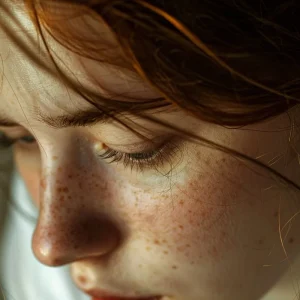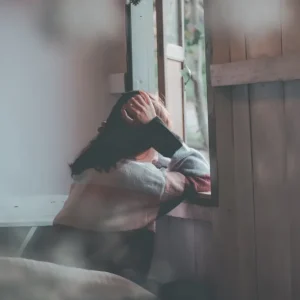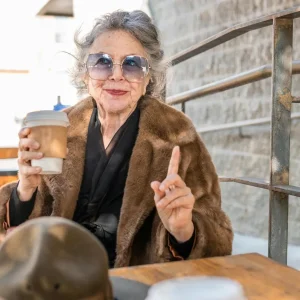On the morning of her wedding, Tessa remembered the strange request her fiancé, Ryan, had made: if he didn’t show up, she was to open a small antique box. At first, she dismissed it as one of his playful puzzles—Ryan loved irony, riddles, and gestures that revealed their meaning only days later. But as guests settled into their seats and the ceremony stalled, the weight of his words began to press on her.
The day had been perfect: golden sunlight across the vineyard, music drifting on the breeze, her dress fitted like a dream. Yet Ryan never appeared. Thirty minutes passed, whispers rippled through the crowd, and dread settled in. Harper, her maid of honor, placed the box in Tessa’s hands. With trembling fingers, she unlocked it, expecting a love note or a hidden proposal. Instead, she found photographs of Ryan with another woman and child—his child.
Beneath the photos was a birth certificate and a letter. In it, Ryan confessed he had never divorced Marissa, his wife, and still loved both her and their son. He admitted he had tried to build a new life with Tessa but couldn’t live a double one any longer. His final words begged her not to search for him.
Shock hollowed her chest, but tears didn’t come. She stepped outside, told the guests the wedding was off, and gracefully urged them to enjoy the celebration anyway. Later, alone in the bridal suite, she folded her gown away in silence.
In the following days, Tessa sat with the photos, realizing Ryan hadn’t left because he didn’t love—he left because he never truly let go of his first life. That knowledge cut deeper than abandonment.
Eventually, she wrote herself a letter: Ryan’s choices weren’t her fault. She had shown up, ready to love, and that mattered. The box stayed on her shelf, not as a reminder of him—but of her own strength to open it, and then walk away.





